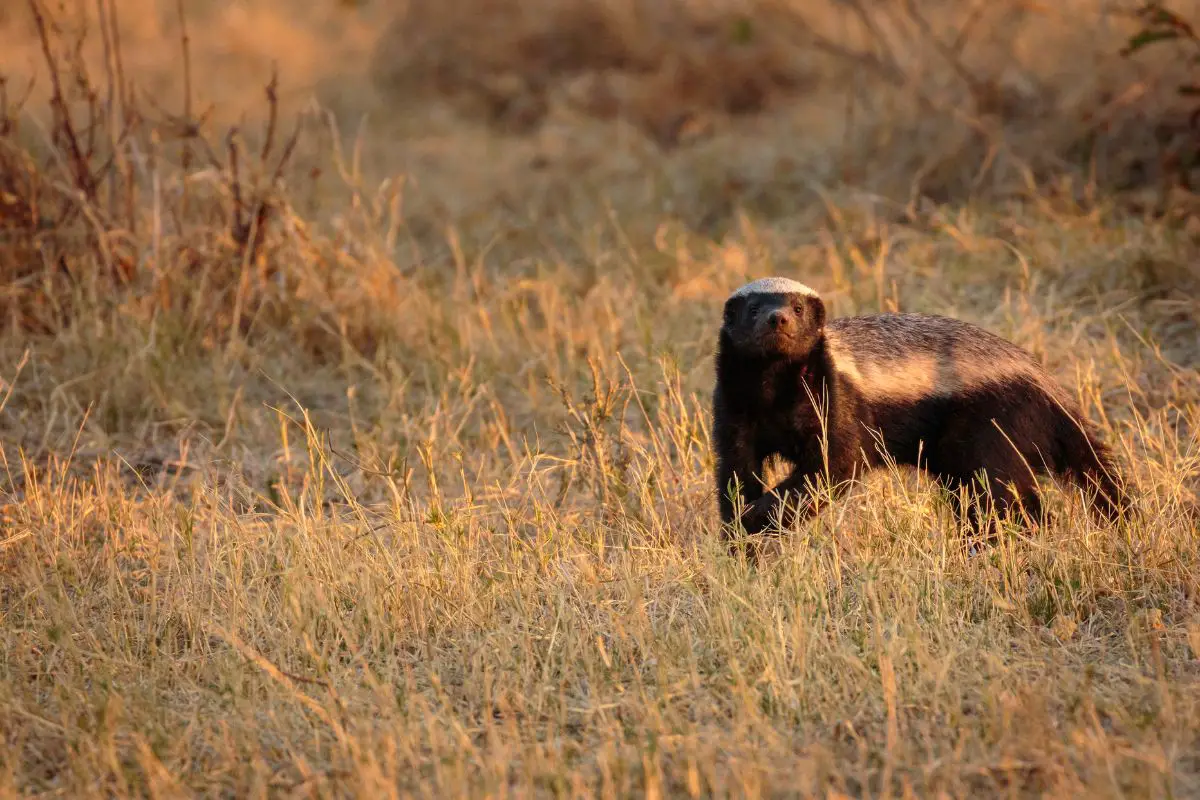
Honey badgers appear so adorable and cute in photos. In reality though, if a honey badger approaches you, it feels threatened and will attack. You have probably entered its domain either on purpose or accidentally.
The honey badger will not tolerate this.
CUTLINE: The adorable honey badger seems so docile as it sleeps.
Honey Badgers: One of the World’s Fastest Animals
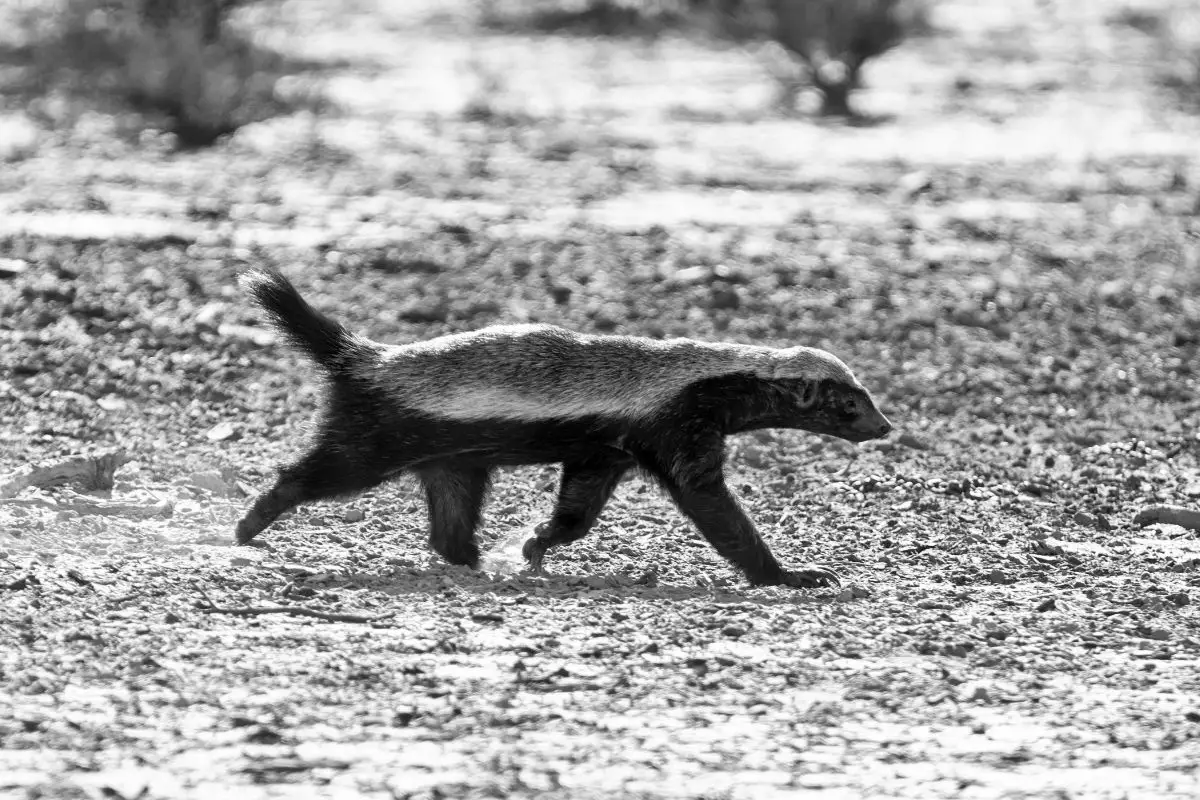
You may run; you may hide. However, the mighty honey badger runs at a top speed of 19 miles per hour. If Usain Bolt runs into a honey badger, he’s safe. Bolt can sprint 100 meters in 9.58 seconds, so he might be able to outrun the badger long enough to reach safety.
Nicknamed “Lightning Bolt,” the amazingly fast Jamaican runner can run at a sustained speed of 28 miles per hour for 100 meters, which roughly equals 0.06 miles. Florence Griffith-Joyner could also have safely escaped a honey badger since she could run a 100-meter dash in 10.49 seconds. Her 1988 record speed still hasn’t been broken, but then, Griffith-Joyner could run 21.3 miles per hour (mph).
The typical human can only manage a speed of about five miles per hour, so you or I would go down. The feisty honey badger would catch its prey and tear it apart with its razor-sharp teeth.
Other Fast Animals Who Can Outrun a Honey Badger
Approximately, six animals could outrun this fierce badger that’s actually a member of the weasel family. The cheetah (70 to 75 mph), the world’s fastest animal, lives to see another day, as does the leopard ( 36 mph), tiger (30 mph), cougar (40 mph), Panthera (36 mph), or the black panther (30 mph).
CUTLINE: Honey badger playing on a wood jungle gym.
Cute but Deadly Creatures of the Wild
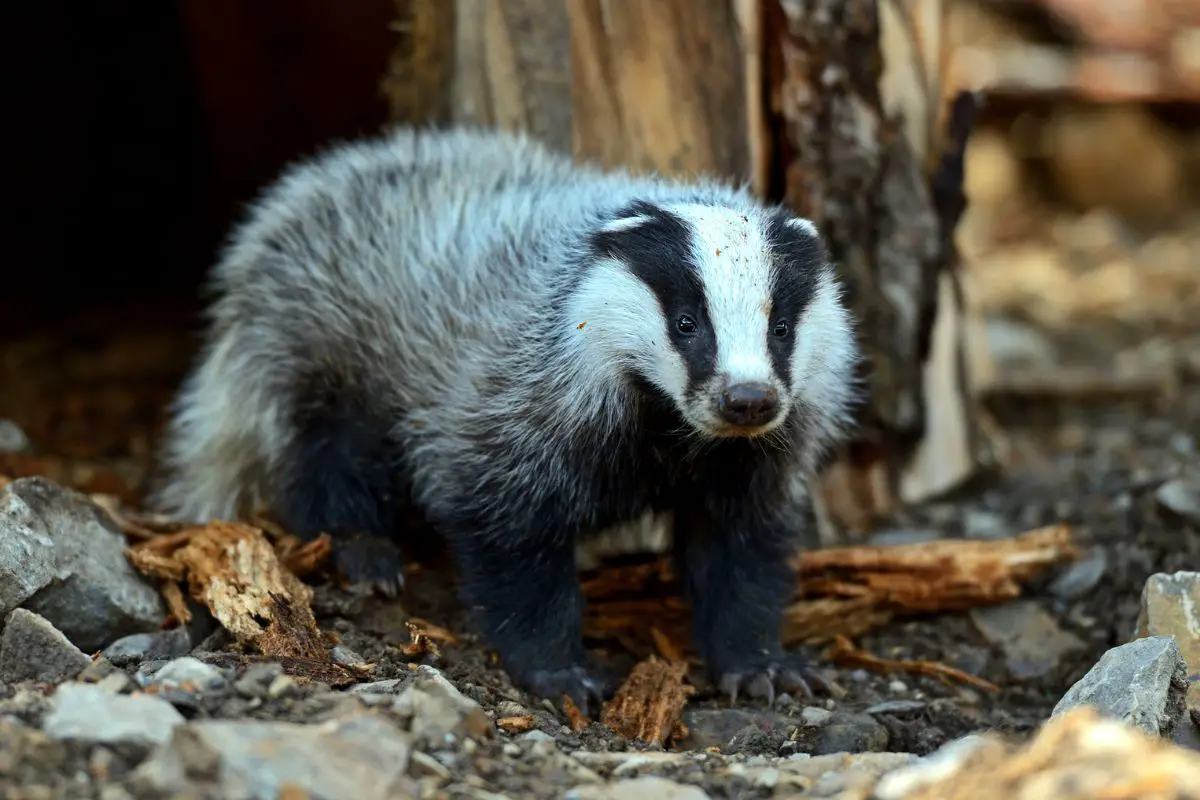
Despite their cuteness, honey badgers prove deadly. They’re fiercely protective of their living space, family, and food sources. They dislike others.
If any animal or human approaches them uninvited, these animals will attack. That includes the king of the jungle, the lion, and the honey badger can win. If injured, these tough creatures will tear off a healthy piece of their own coat to create a bandage for the injured area.
This speeds the wound’s healing.
When food becomes scarce, the honey badger will approach homes to dig through the trash for scraps or honey.
Indiscriminate Diners Who Love Honey
They love honey so much that they’ll steal it from the hives of any bees, including the feared Africanized honey bee “killer bees.” The honey badger evolved to include a limited immunity. Their skin protects them in large part, but on occasion, even a honey badger sustained so many killer bee stings that it killed them.
It’s rare though. Also, among their dietary favorites, you will find snakes. They eat snakes because little competition exists for the food source.
Although venom would present a problem to most animals, even the most venomous snakes can only knock out a honey badger with their bite and venom. Unlike other animals, the honey badger does not asphyxiate while unconscious. They merely wake up to find their prey gone.
CUTLINE: The intellectual honey badger possesses superior problem-solving skills.
Honey Badgers Rank Among the Smartest Animals
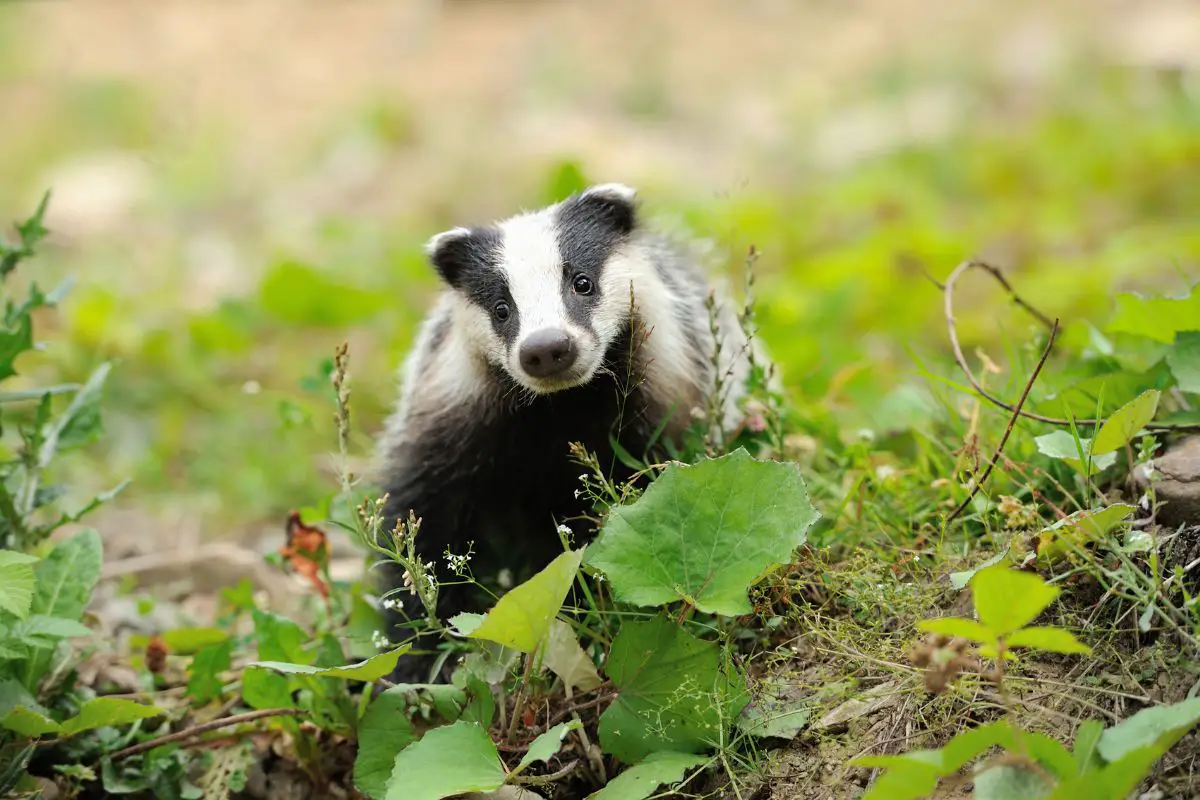
Although they have yet to have their IQs tested formally, honey badgers in captivity after being rescued when injured or endangered, exhibited tool use and other evidence of creative thinking. Zoologists widely consider them one of the smartest animals alive. These creatures, when caged, break out by unlatching the gate or piling rocks up so they can scale a wall.
They can use tools and think on their paws. These animals will also work together when necessary toward a common goal. When caged, a male honey badger convinced an uncaged female honey badger to come over to his cage and unlatch the gate, so he could escape.
CUTLINE: The honey badger hunts alone.
Genetics and Evolution Contribute to Their Speed
So, how did this amazing creature end up so fierce, smart, and fast? Genetics and evolution. They’re not that big. Standing on its hind legs, a honey badger reaches the height of about 11 inches at the shoulder.
Including its deceptively attractive head, this weasel family member would stand about one foot and four inches. The females grow slightly shorter than the males. Honey badgers weigh little, too.
These lithe animals range between 11 and 22 pounds for a female and between 20 and 35 pounds for a male. This athletic build contributes to their speed. As with humans, typically, those who weigh less can run faster.
Weight distribution also influences speed. Honey badgers distribute their weight evenly throughout their bodies.
Honey Badger Personality Traits
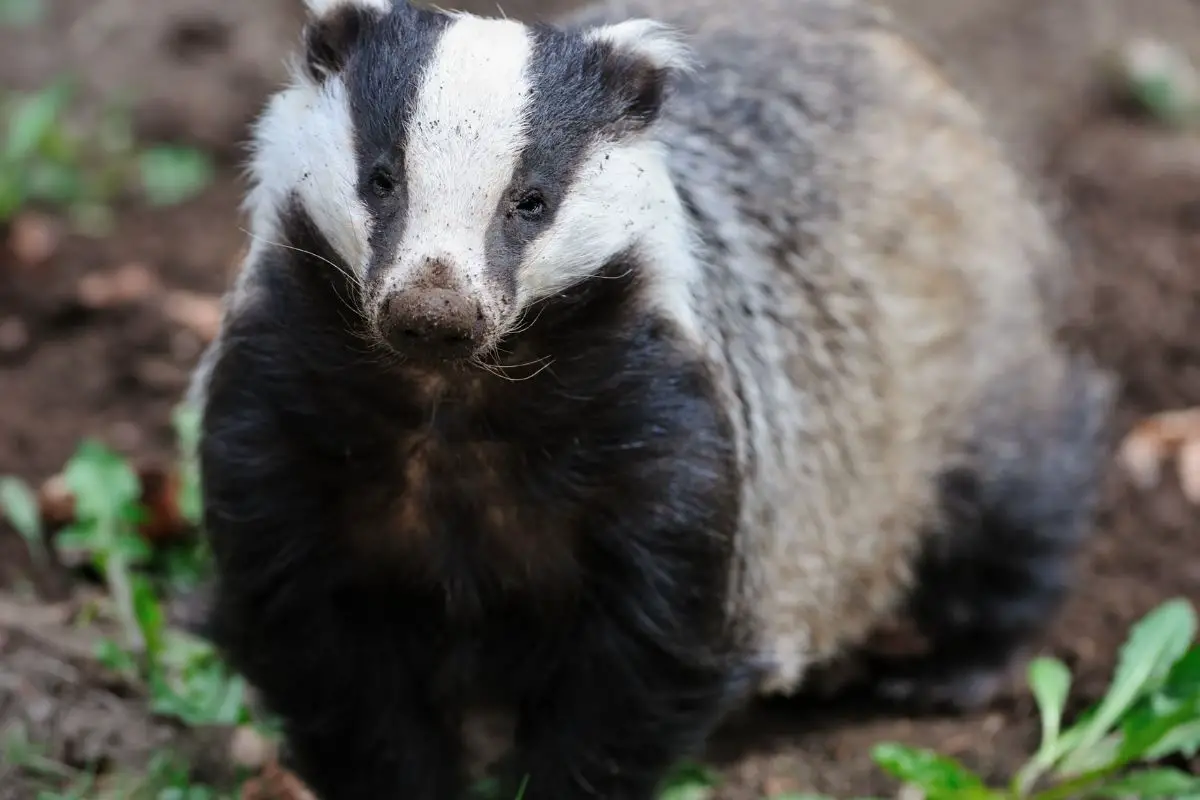
Although attractive and personable, the honey badger prefers time alone. Ironically, these creatures have become synonymous with fierce fighting. However, if no animal or person approached them, they would not have earned that reputation.
Aside from procreation and child-rearing, this animal keeps to itself. The male and female couple long enough to copulate and impregnate the female. Once the female gives birth, the male leaves. She raises the kit on her own until the offspring reach the age of two.
Although loving toward one another while coupled, each honey badger prefers to spend its time on its own, even hunting alone. The couple has either one or two kits in a lifetime. Since they keep to themselves, there’s rarely infighting within the species.
Every honey badger naturally keeps to itself with no problem.
CUTLINE: A honey badger reluctantly leaves its cozy burrow.
Just Leave the Fierce Honey Badger Alone
Other animals aren’t that smart. From lions to tigers to snakes, other animals erroneously consider the otherwise mild-mannered honey badger their prey. That attitude lasts until the small, ferocious creature rips them to shreds.
Aside from the razor-sharp teeth that can chomp through a tortoise’s shell, the honey badger has talon-like claws for fingernails and toenails. These claws grow an average of 1.5 inches in length and the shape and thickness of a hawkbill blade, the blade typically used on utility knives. Their claws cut like a knife and may stem from where the first humans to fashion tools came up with their “blades.”
Whether male or female, these creatures want nothing more than to dig their burrow, hunt their food, go home, kick back, meet a nice honey badger of the opposing gender, and make a few baby honey badgers. Those children will grow up to live just as fiercely independent as their parents did. Don’t provoke the honey badger to show off its speed and ferocity.
Admire it from afar for its sleek fur, adorable expressions, and creative problem-solving. It can easily outrun you and will tear you apart.
